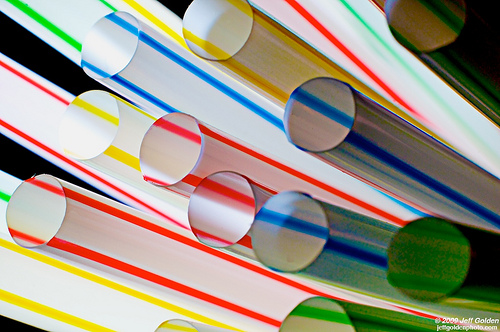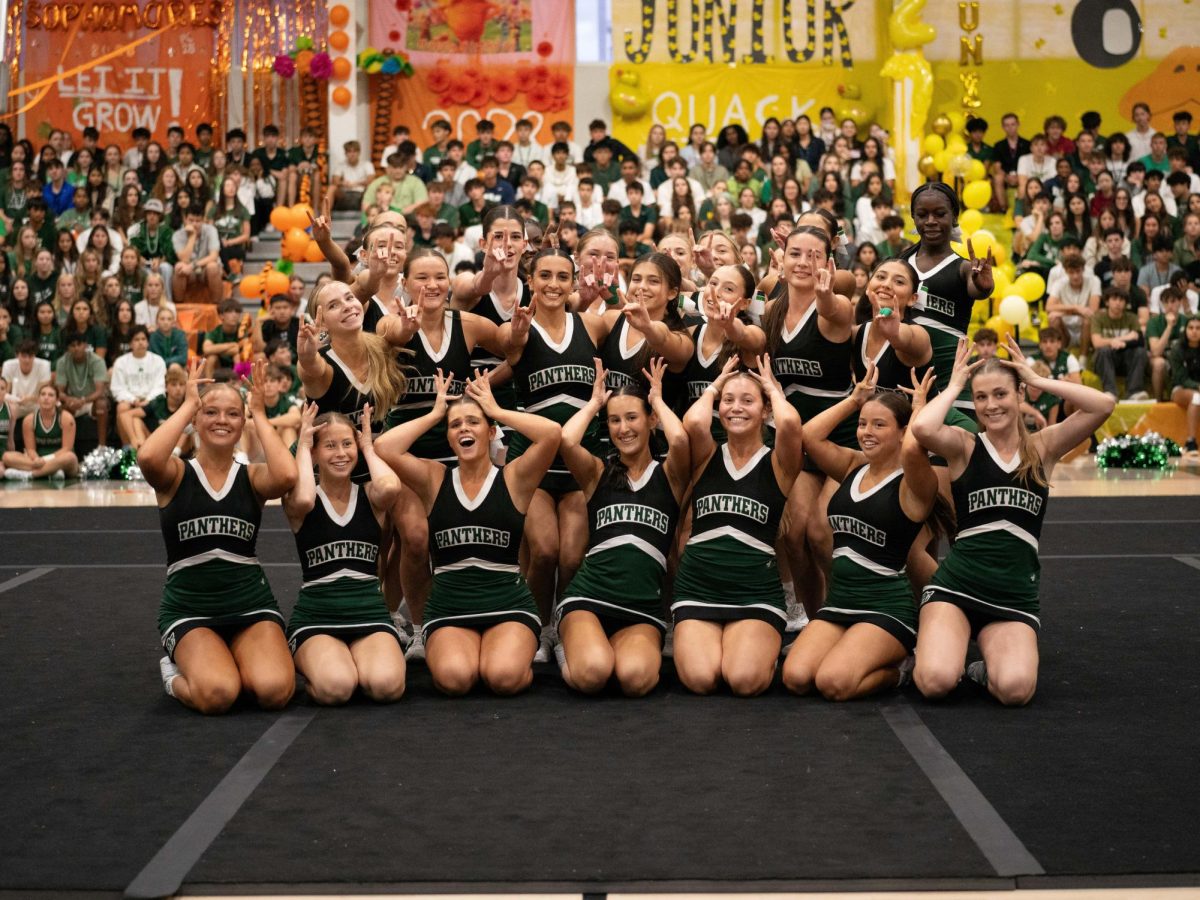Battle of the Straws

Pine Crest School has followed many establishments’ initiative to replace plastic straws with paper substitutes.
Each year, 18 billion pounds of plastic waste pour into the world’s oceans. This accumulating waste can be seen on a larger scale in the Great Pacific Garbage Patch, which has officially reached 1.6 million square kilometers (or about 620,000 square miles) in size. Statistics like these present disquieting conclusions concerning the future of our ecosystem. Although lawmakers have been relatively slow to act on this threat, the general populace has pushed for several reforms to protect the world’s natural features. The focus of these environmental reforms has recently fallen upon plastic straws.
Plastic straws cause cataclysmic disruptions in the ocean’s chemical balance by releasing harmful chemicals that poison indigenous wildlife.
Environmental Action Club (EAC) Treasurer junior Joshua Grover explained, “When plastic straws degrade, they break up into microplastics which may be consumed by marine life and bioaccumulate in larger organisms. The long-term effect of these microplastics is an ongoing topic of research.”
Plastic straws are difficult to recycle for multiple reasons. Due to their size and shape, many of the plastic straws sent to recycling plants are discarded, as there is a risk of the straws getting stuck in the machinery.
On January 22nd, Fort Lauderdale commissioners approved an ordinance that bans all plastic straws within the city. This ban most directly impacts the sale and distribution of plastic straws in commercial establishments.
“I think the switch from plastic straws is a great step,” said EAC president senior Julia Borisiak said, “With all of the media coverage, it has also successfully spread awareness of our impact on the environment.”
Entering the school year, Pine Crest wholeheartedly participated in this eco-friendly movement, beginning a paper straw initiative throughout school grounds. These straws add to the lengthy list of recyclable items on campus.
However beneficial the ban of plastic straws is, the changeover to paper straws can still be detrimental to the world’s ecosystem.
“Paper straws are still single-use disposables, which are always wasteful. Some ‘paper’ straws actually use wax or plastic linings, which are also harmful.” Grover said, “To avoid this, companies need to specially mark ‘biodegradable’ paper straws.”
Although plastic and paper straws both present unique drawbacks, the conversion to paper straws has nonetheless paved the way to a more environmentally-conscious society.
Many students are hopeful about this environmental change and the many changes to come. “While plastic straws are more convenient due to their durability and cheaper price, I think the shift to paper straws is a step in the right direction,” says junior Lorrie Axelrod. “I am proud to attend a school that uses paper straws.”
Sources: National Geographic, CNN, Get Green Now, NBC Miami
Photo Source: Jeff Golden via Flickr

I have been writing for the school paper for three years. I have written the most articles for Spotlight, News, and Arts and Entertainment. I enjoy doing...
































![Stranger Things 4: What to Expect [Warning: Contains Spoilers]](https://pcpawprint.com/wp-content/uploads/2021/11/StrangerThings4-900x473.jpeg)
























































